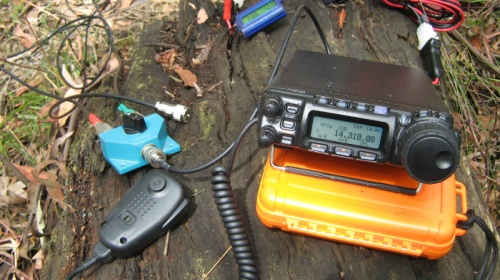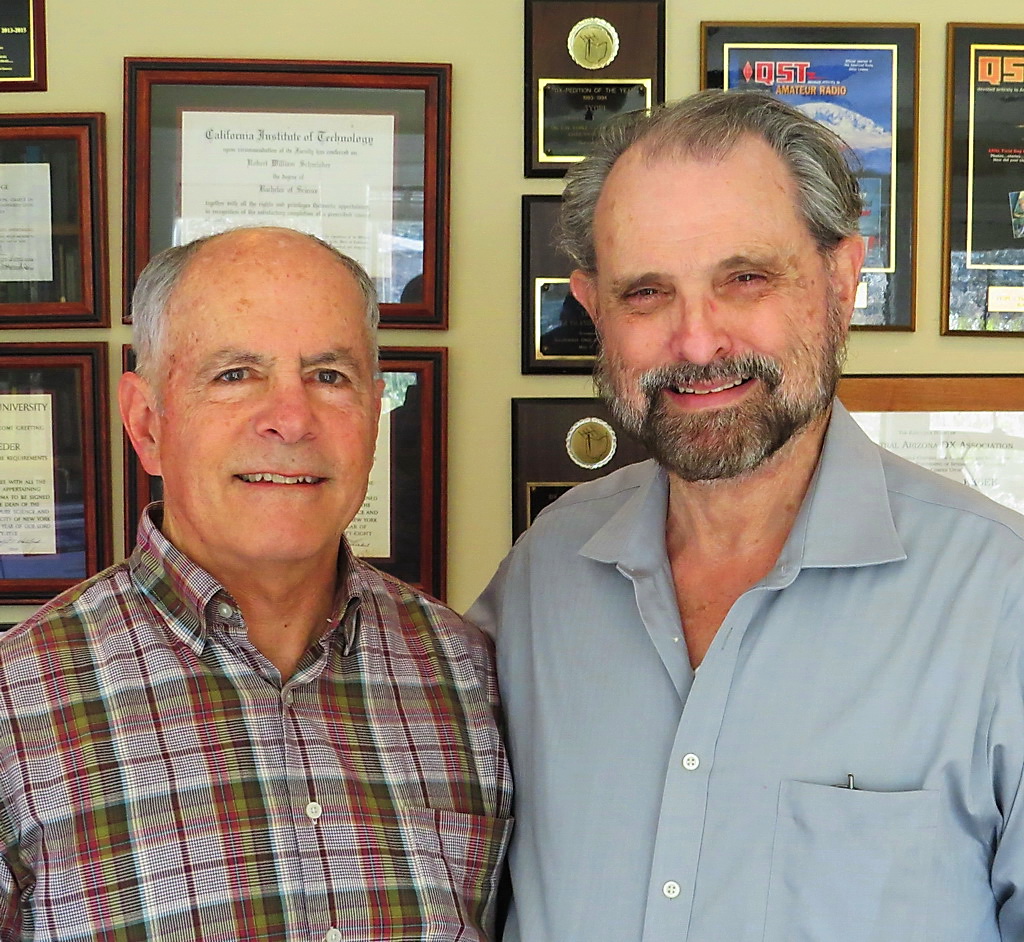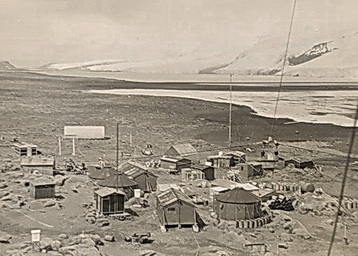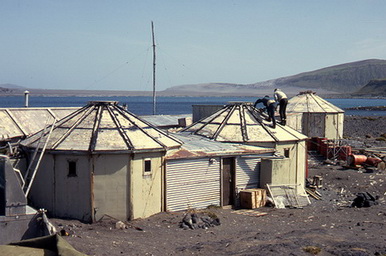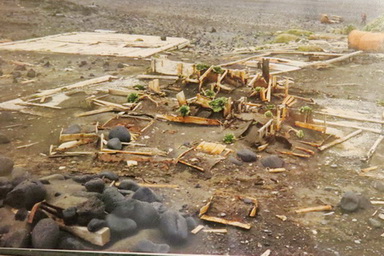Good news. This looks like a great rig. I want…
Still in beta, but might be interesting for the European market. A company called “Noble Radio” (link) is developing a dual-band SSB/CW transceiver for 4 and 6 meters. Price point unknown at this time.
Preliminary Technical Specifications
Frequency Coverage
4M: 69.9 MHz to 70.5 MHz
6M: 50.0 MHz to 52.0 MHz
Modes:
SSB (USB & LSB) and CW
Circuit Type: Down converting design
Dual Conversion: 1st IF: 10.7 MHz 2nd IF: 25 kHz
Sideband elimination using phasing techniques with digitally generated Quadrature carriers and Image Reject Mixers preceded by 15 kHz crystal roofing filters
Ultimate receiver bandwidth set by adjustable SCAF filters (two 8th order filters used. One for High Cut and one for Low cut)
Sensitivity:
MDS = -130 dbm
Dynamic Range Figures:
Blocking: 110 db
IMD (3rd Order) = 95 db
Selectivity:
500 Hz to 4 kHz adjustable with the SCAF filters
Ultimate attenuation of filters are 55db…
View original post 70 more words



